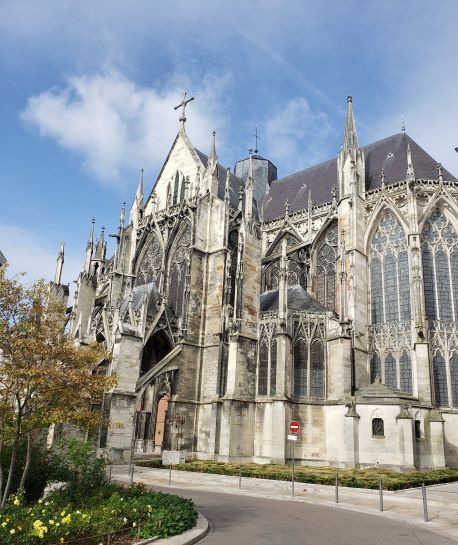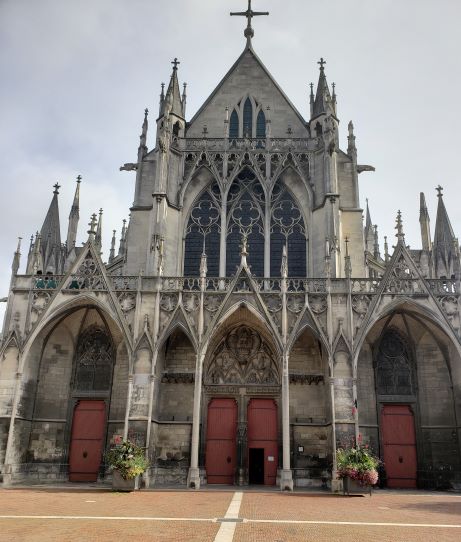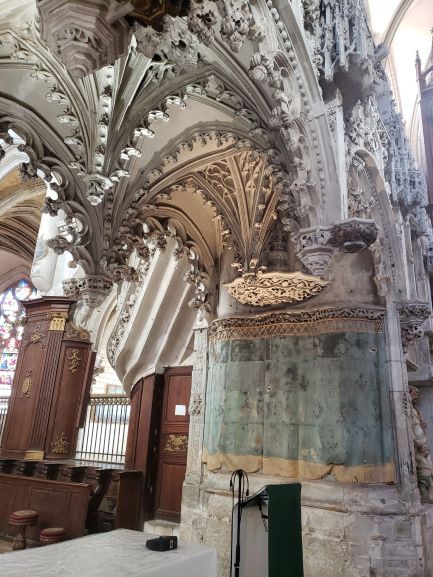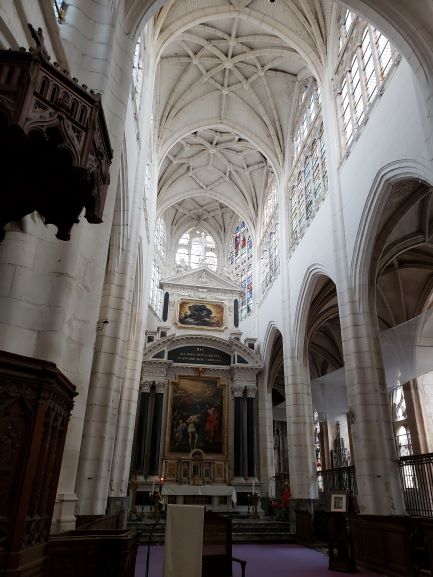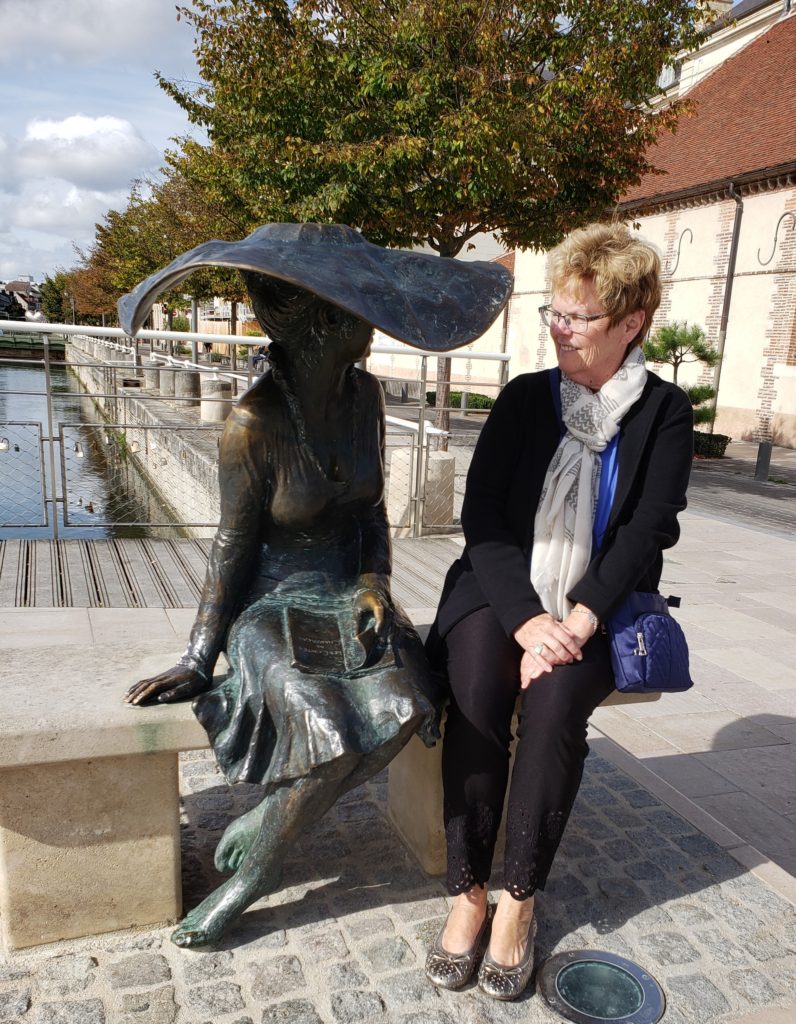Troyes, France has more than a whole lot of churches and cathedrals. Art, artwork, and sculptures in Troyes all a huge part of this city as well.
As we made our way walking through town, going from one church to another, we found little pieces of fun throughout this city. Art, artwork, and sculptures seemed to pop up in unexpected places.
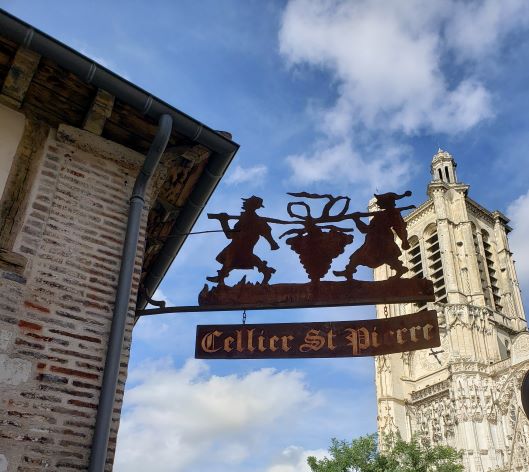
Troyes is a commune on the Seine River about 90 miles southeast of Paris. It is also in the Champagne wine region. That’s a good start. It provided to be a good day trip for us when staying in Pocancy.
The Heart of Troyes, a giant stainless steel lace-work structure is the brainchild of a pair of artists. It is literally a giant heart. Michele and Thierry Kayo-Houel designed this delightful piece of art which was produced in a factory in Troyes. They wanted something to symbolize the romantic side of town. Two lovebird statues sit on the bridge just a few feet away.
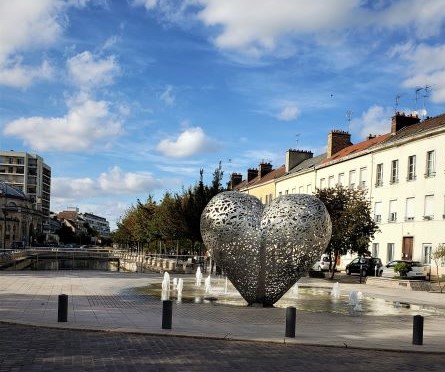
Seemingly light and airy, it weighs in at two tons. The size alone is amazing at 13 feet wide, 11 feet tall, and 6 feet deep. With a unique lighting trick, it glows red at night, making it appear like a real heart.
We kept walking along the canal toward more art and another statue. Lili Rosa sits on a bench, reading her book. Graceful, she welcomed me to sit by her and follow her gaze toward a rose which was named for her. The Rose of Love is a climbing rose bush found here in Troyes.
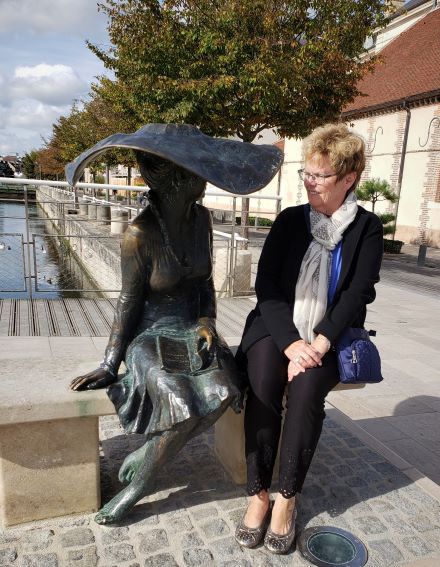
I could almost feel her love for this city.
Moving along the canal and crossing a bridge to the Seine, more sculptures delighted us.
The Joyful Bevy, Quai La Fontaine is a set of bronze sculptures by the Belgian artist Tom Frantzen. This group of children are having a great time playing in the river. One boy carries a dolphin under his arm, the duck is ready for a snorkeling adventure, another boy rides an alligator, and the penguin and dogs join in the fun. Art never looked like so much enjoyment.
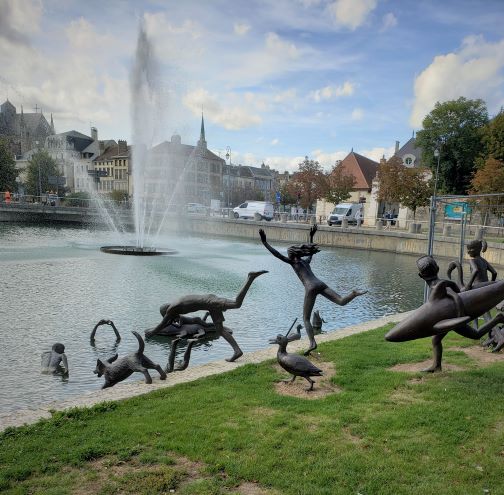
Once we found these, we found art, artwork, and sculptures in Troyes around every corner…or so it seemed. Troyes is a great city to wander and explore.
Read about other parts of Troyes.
